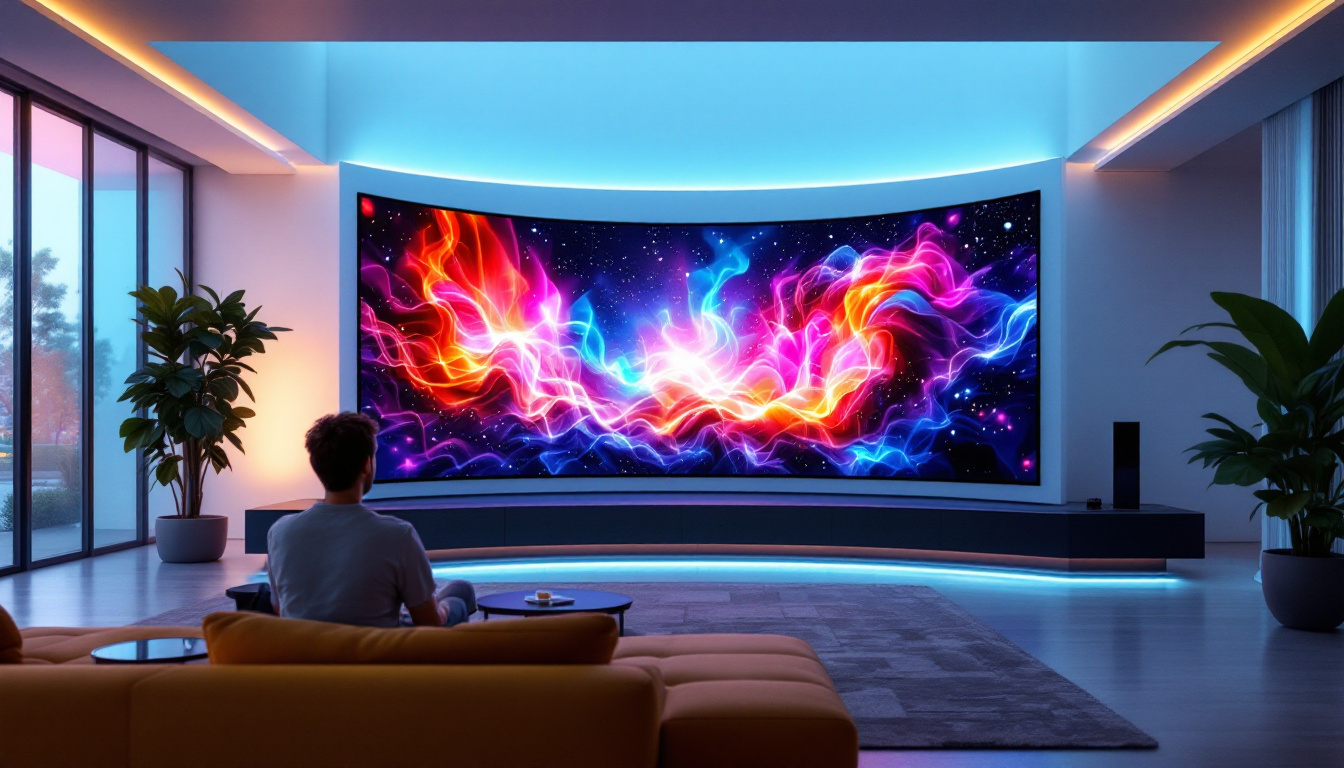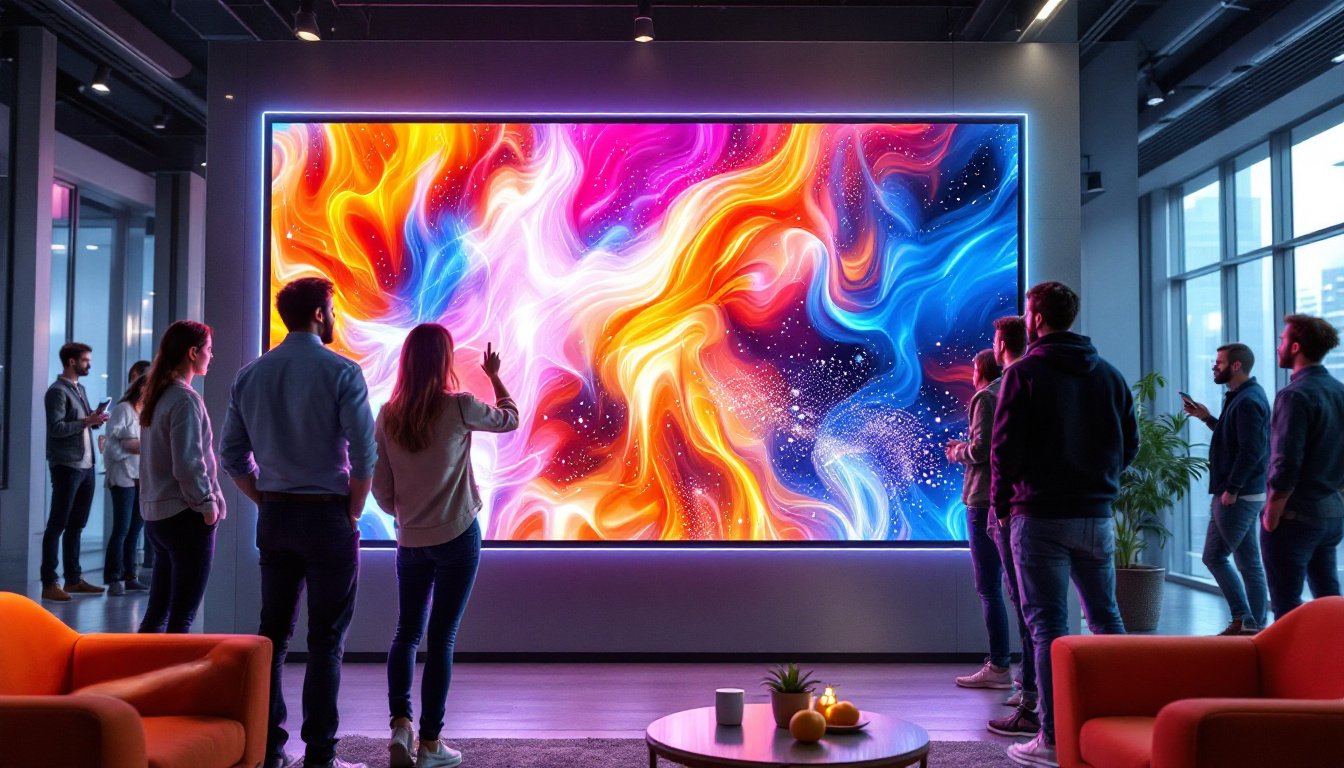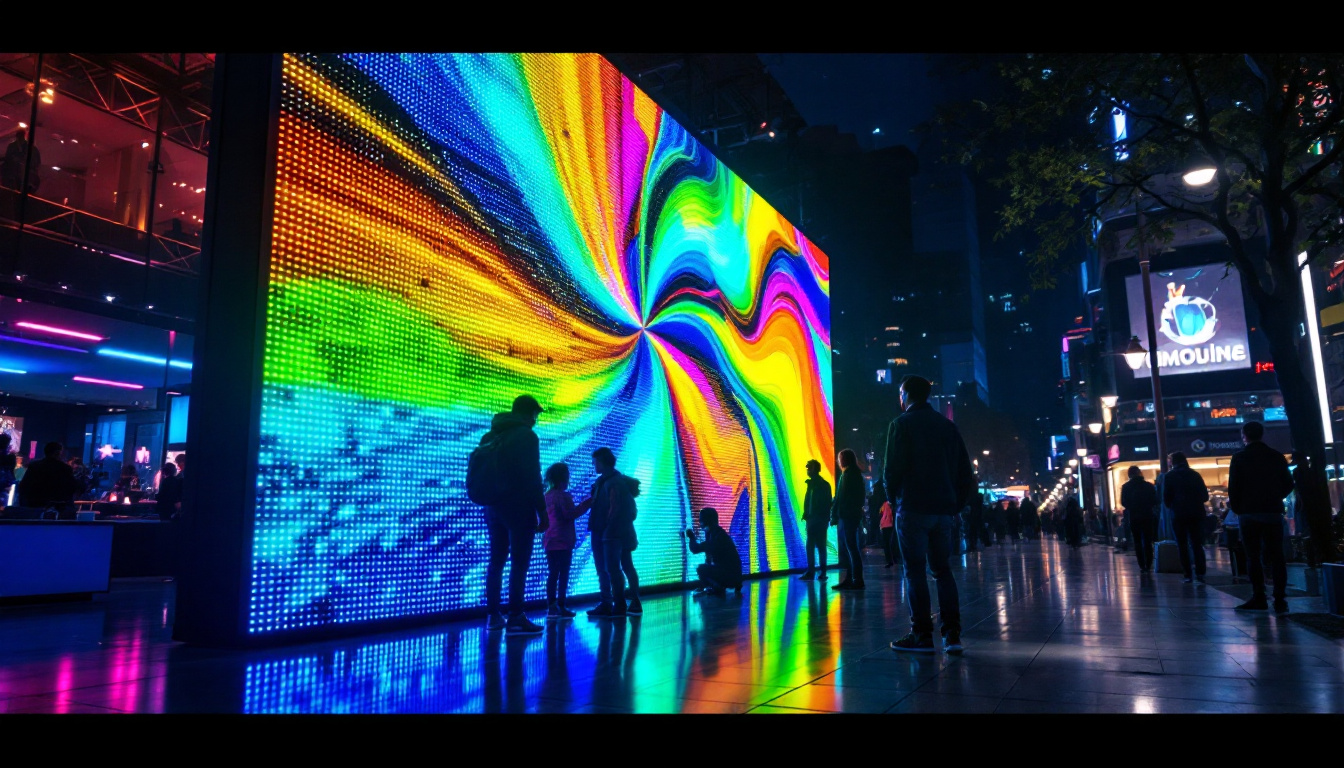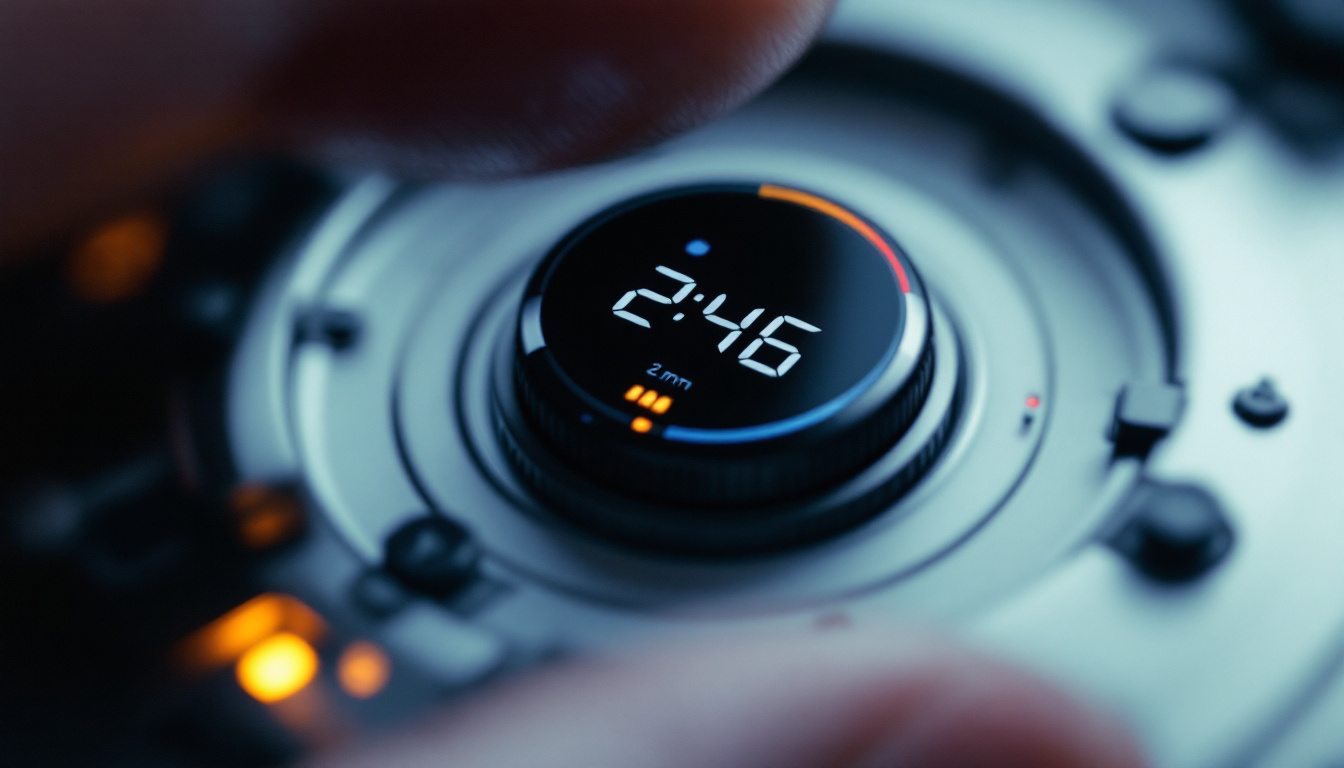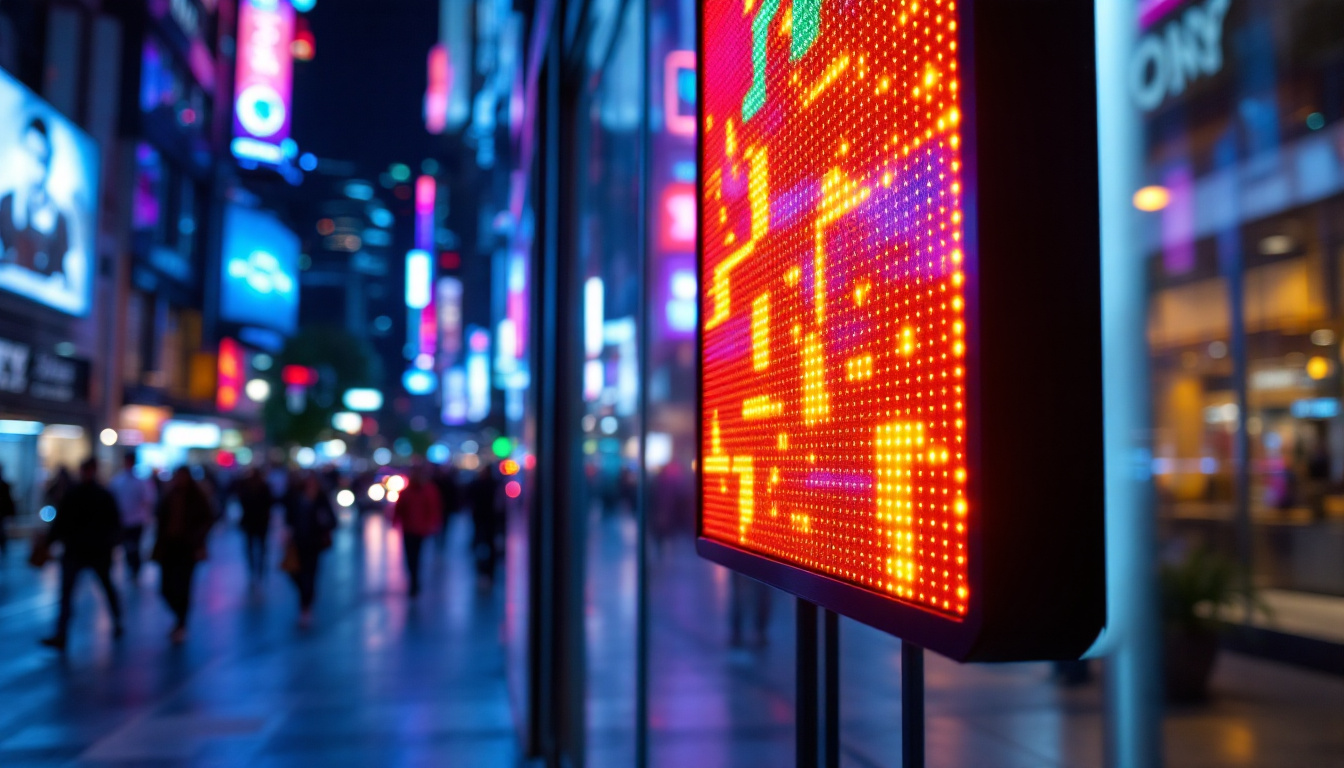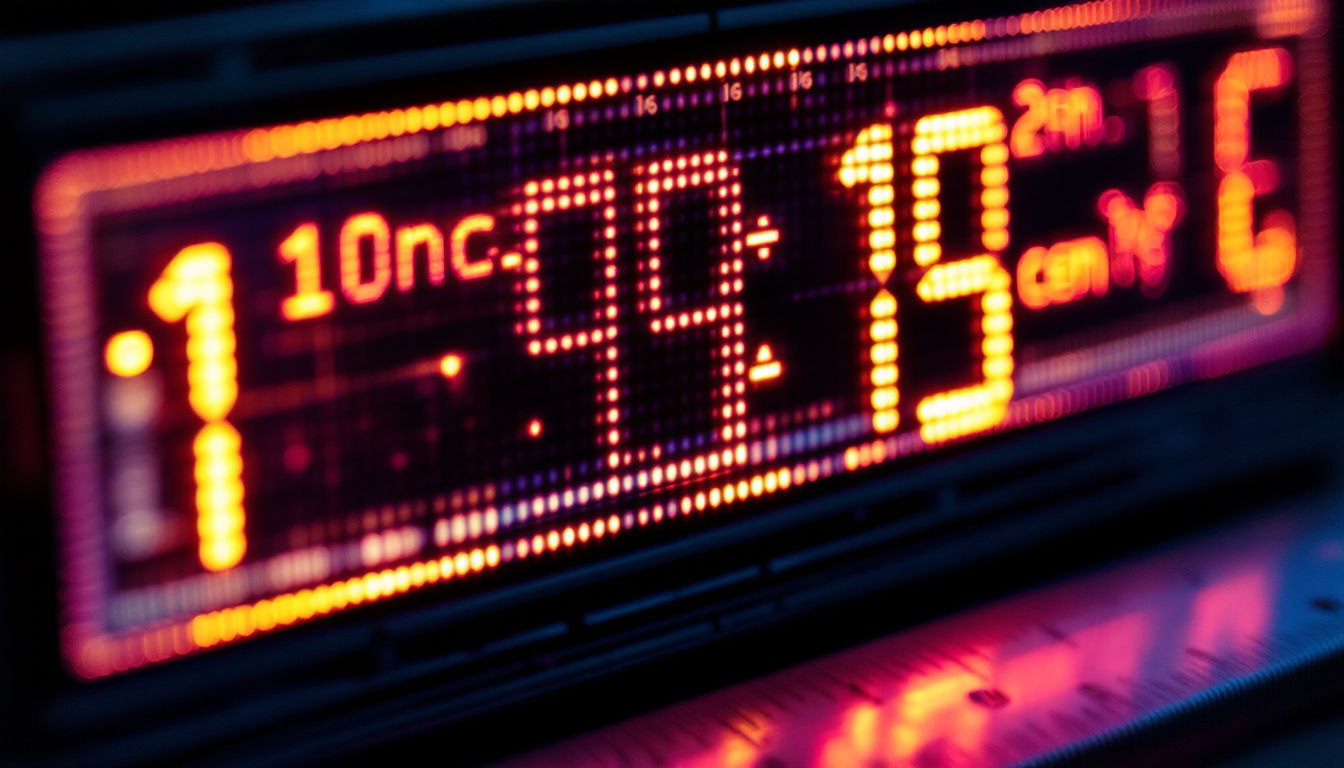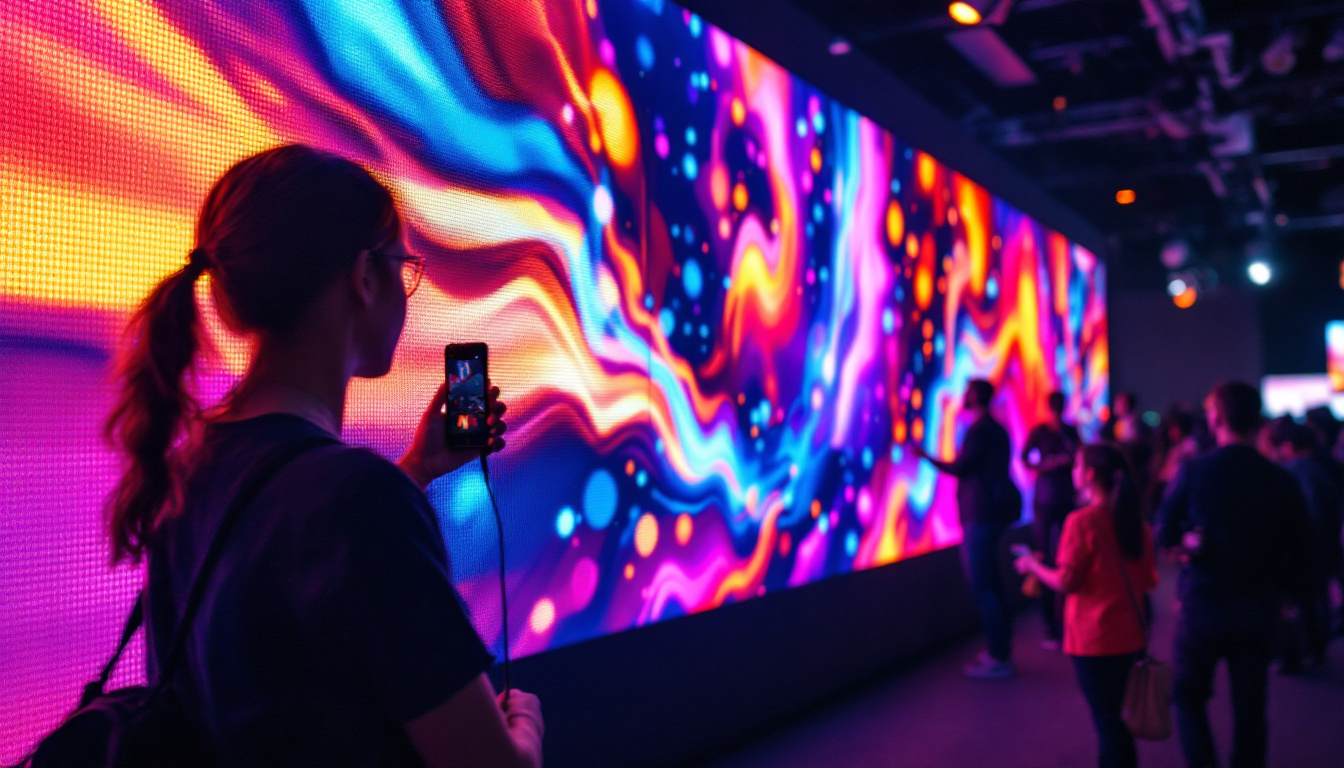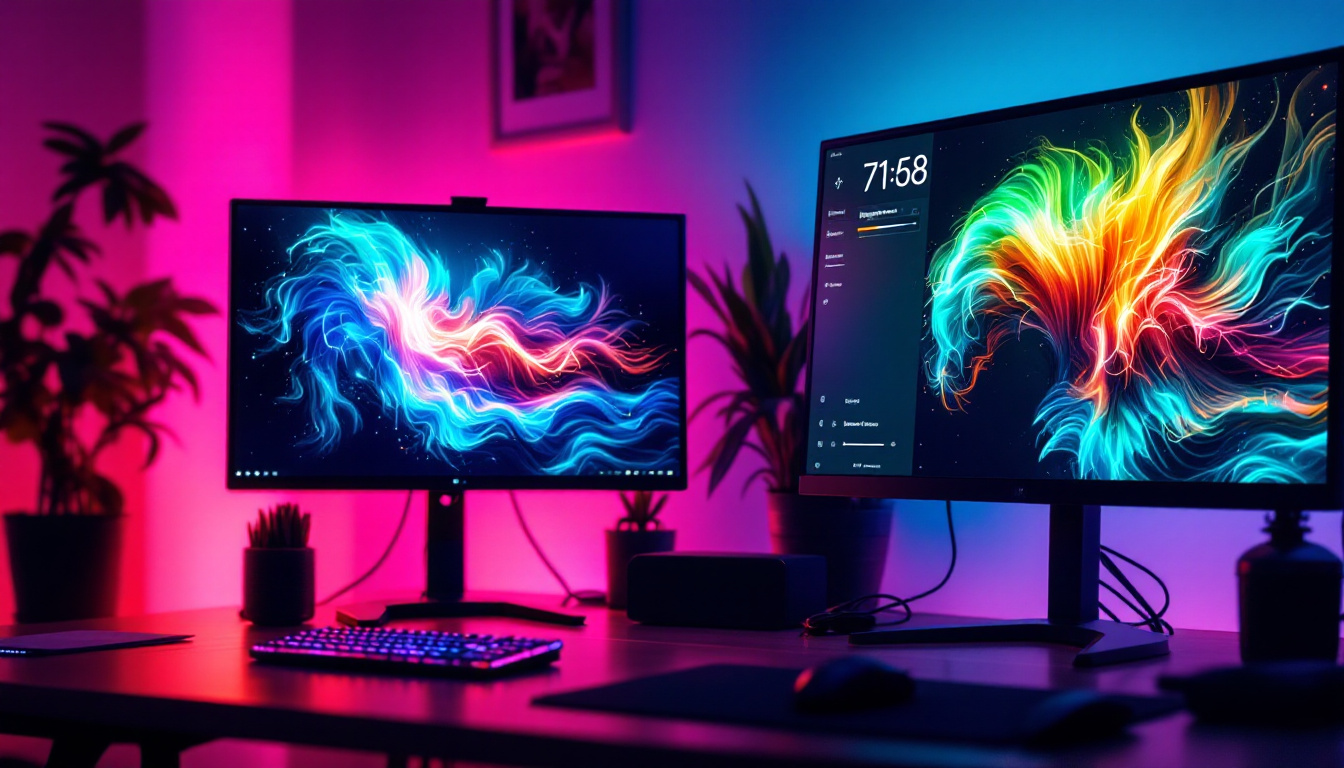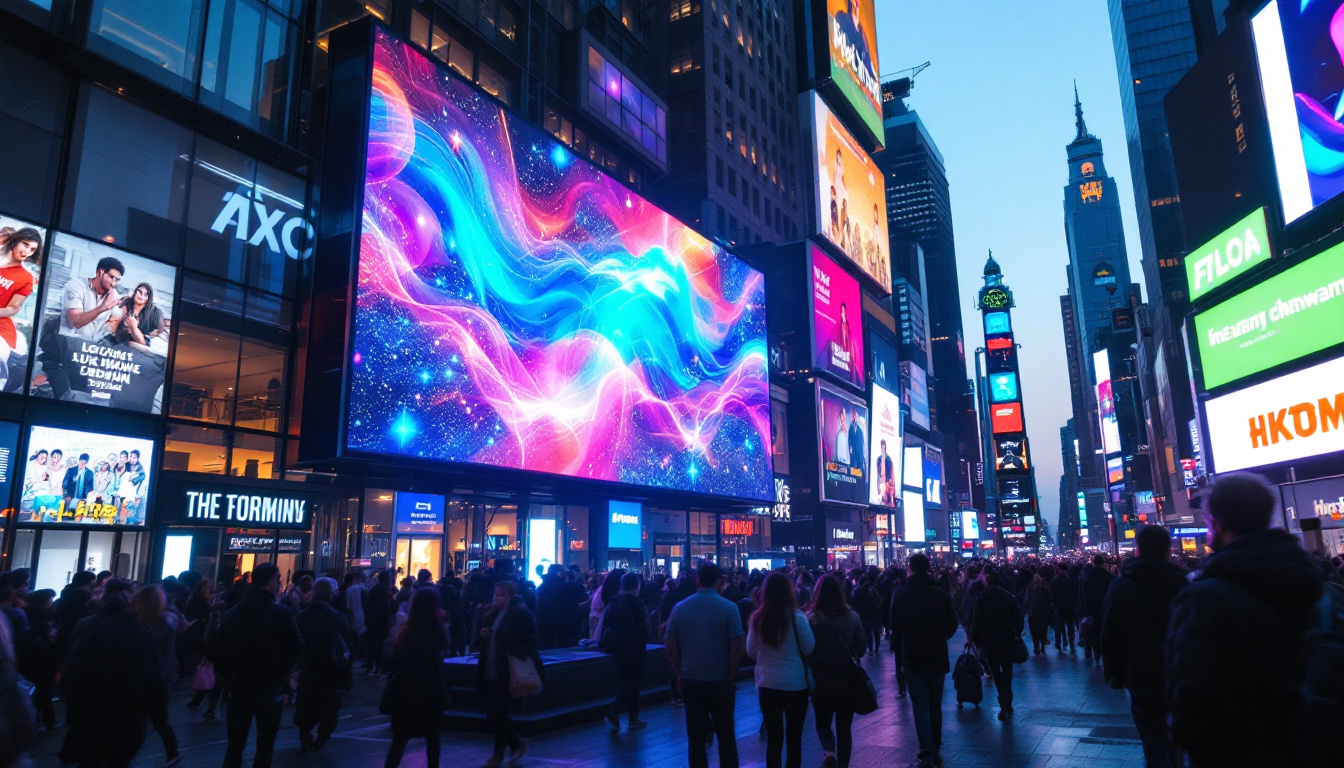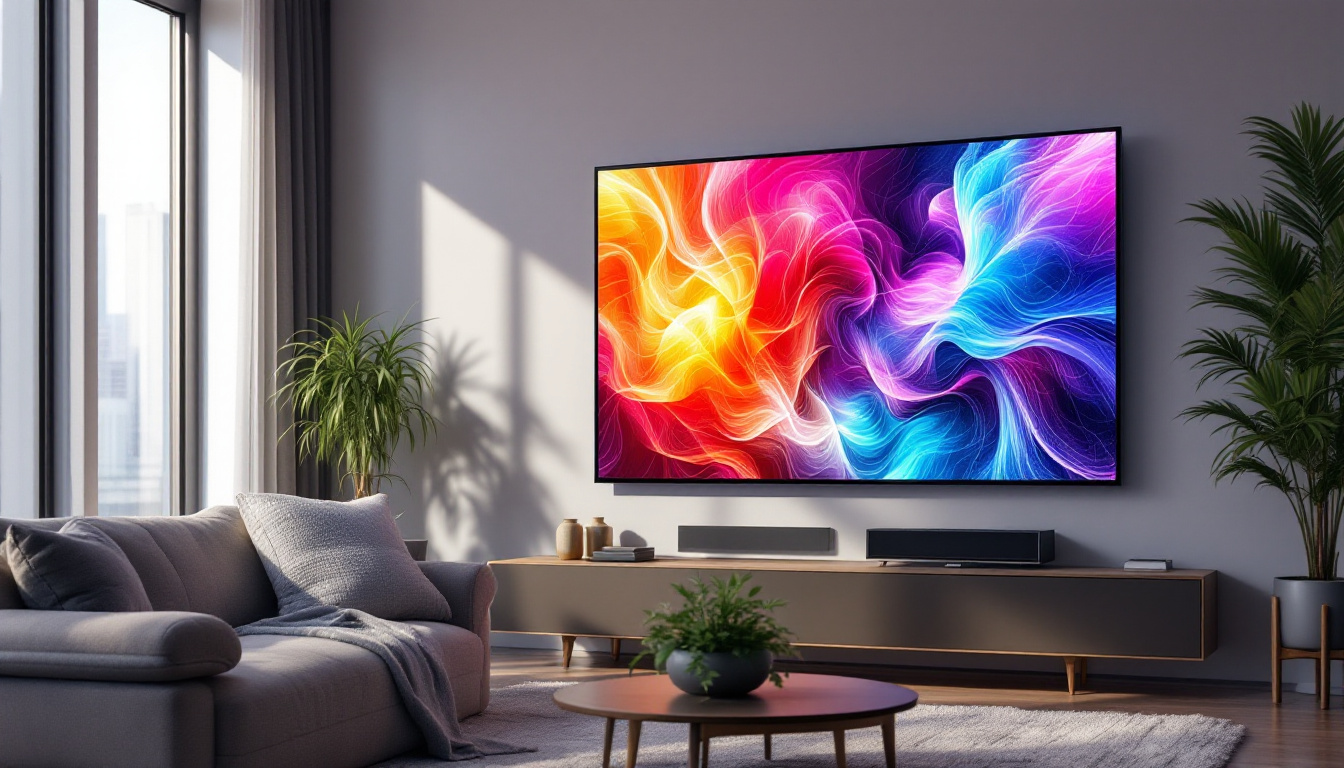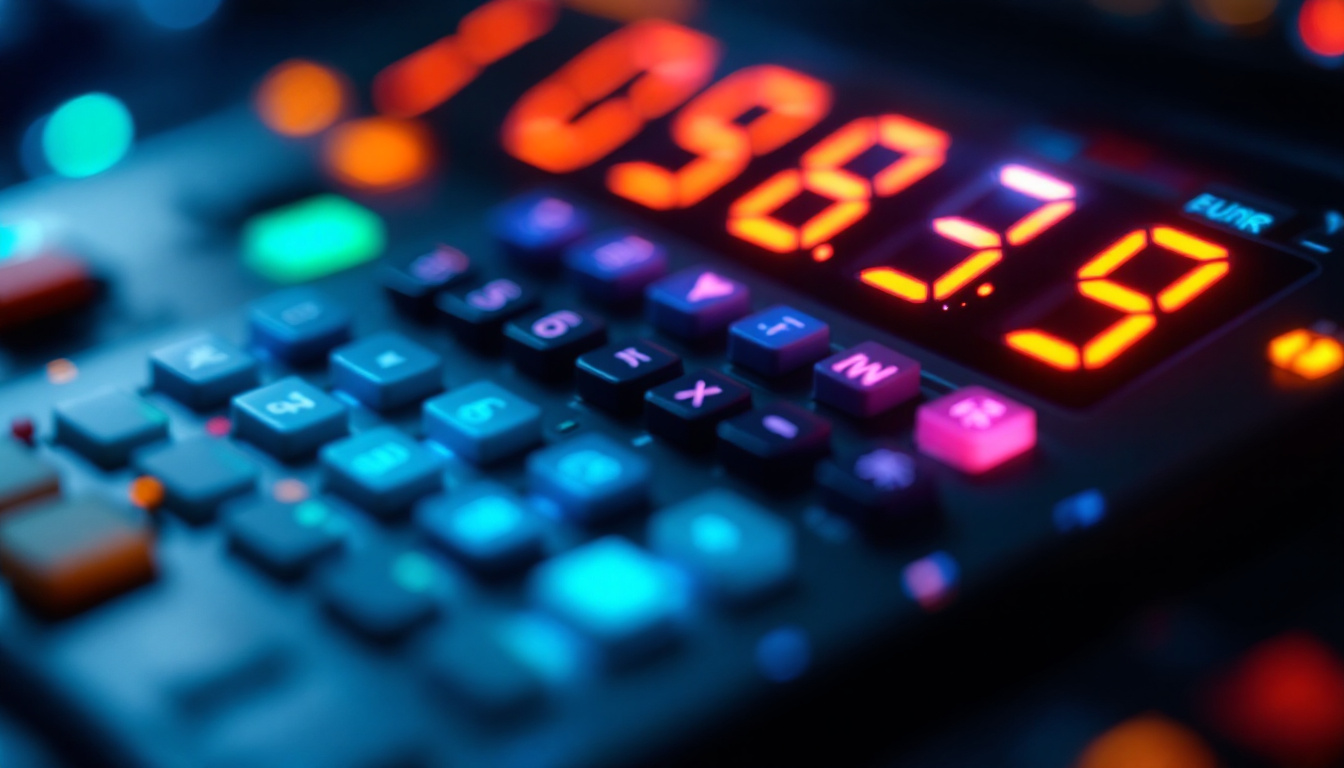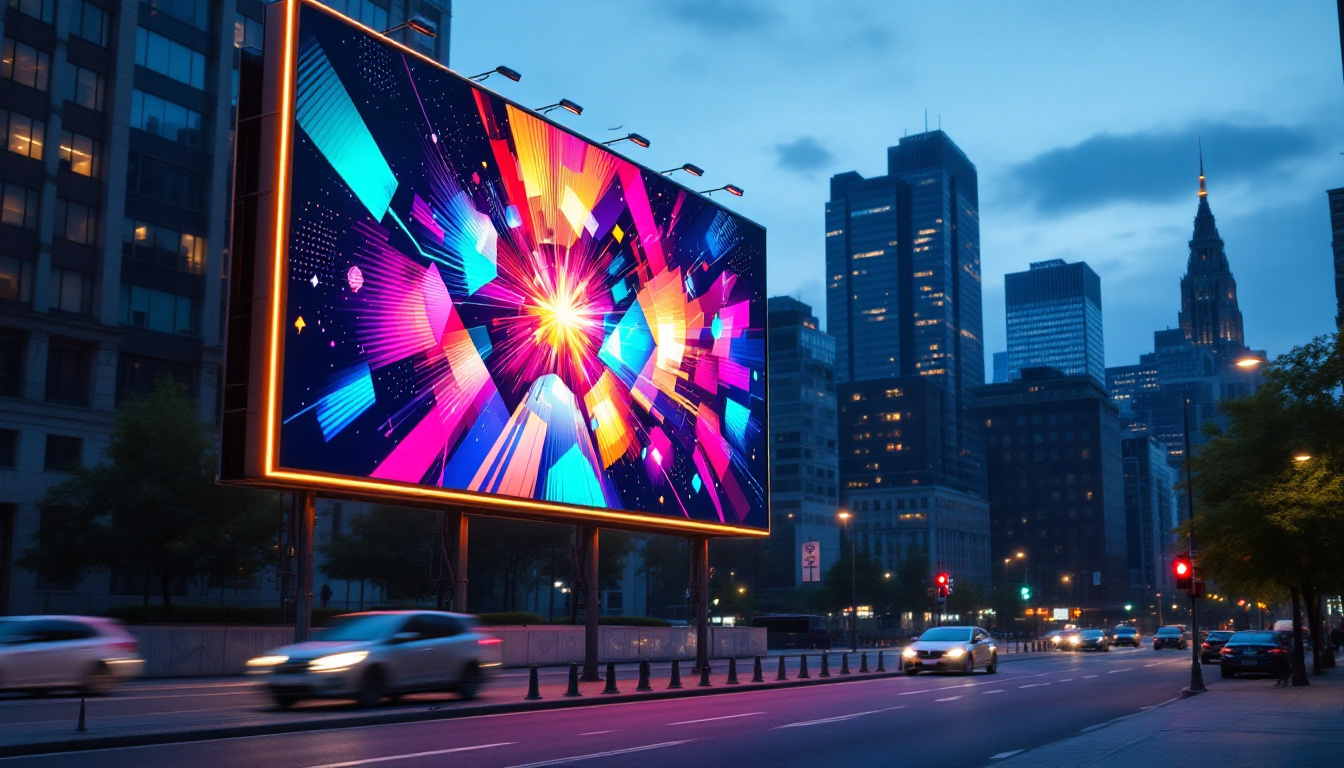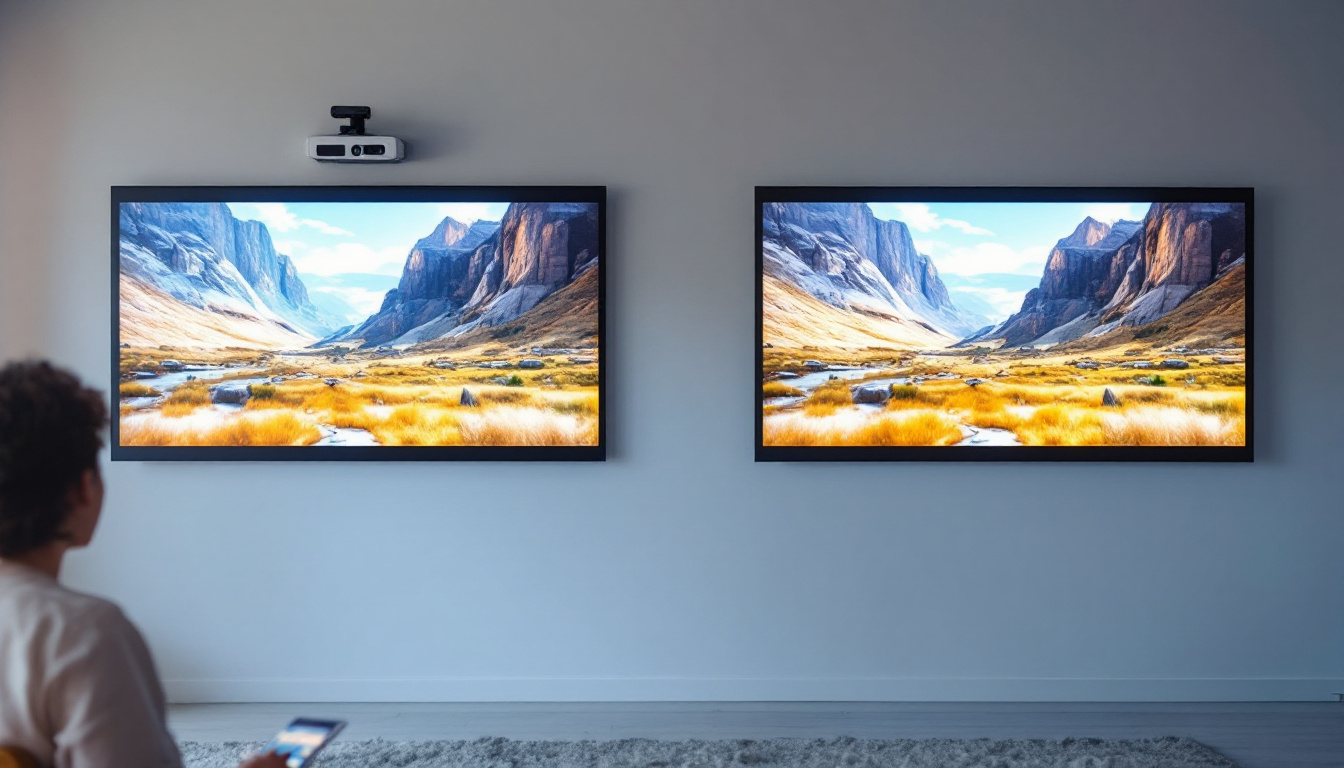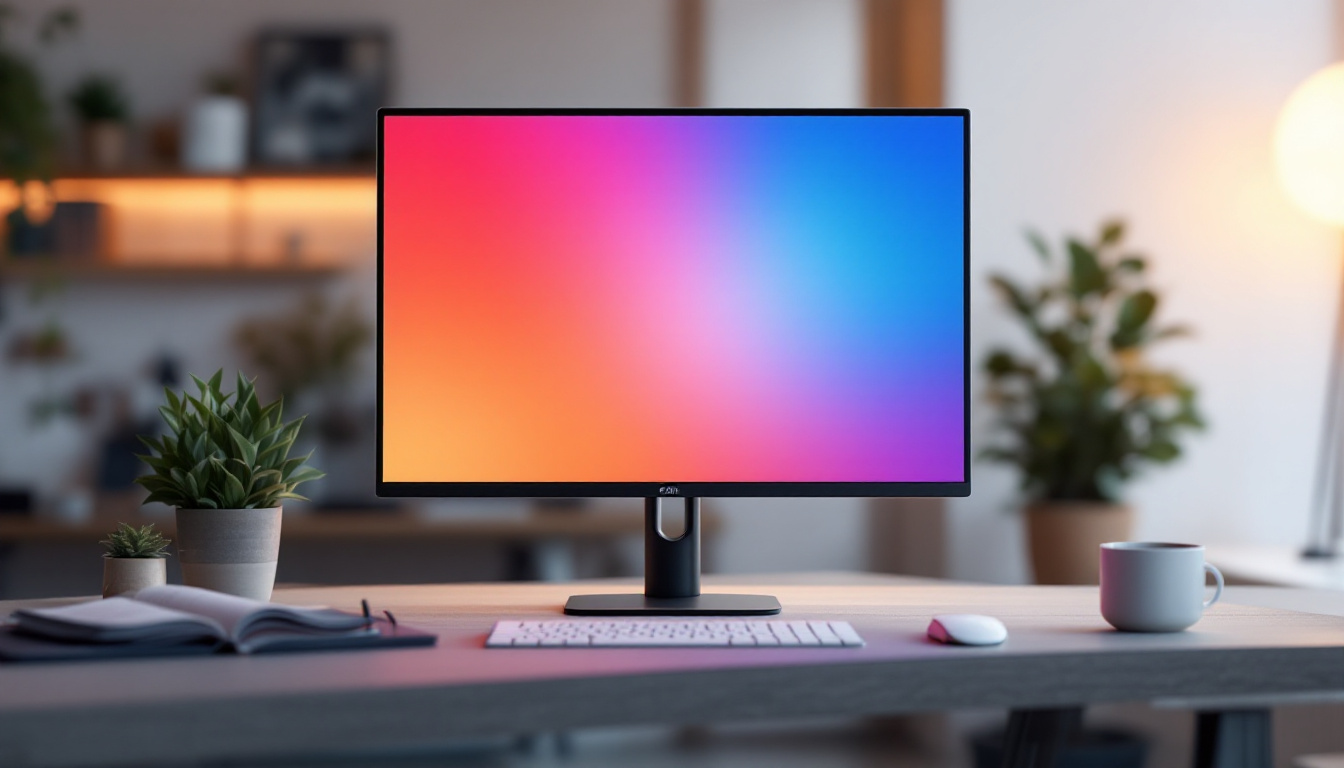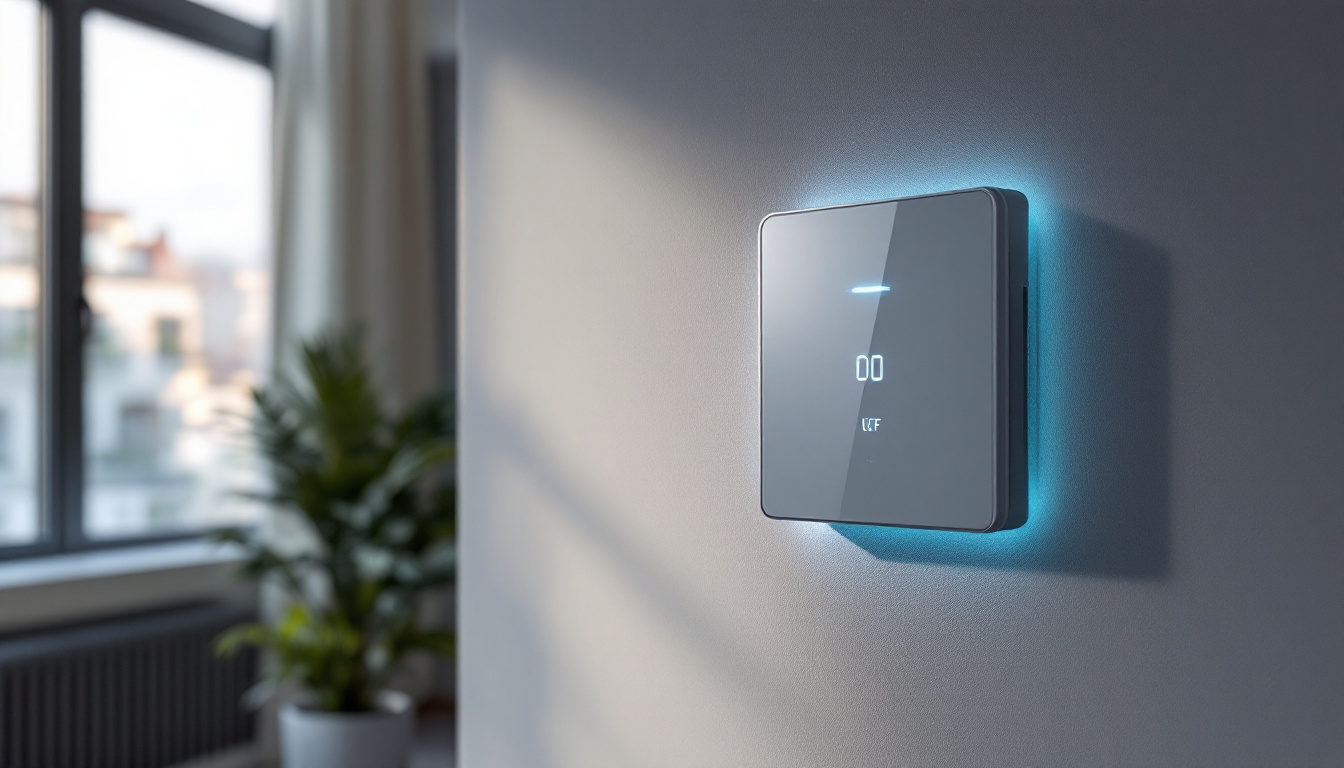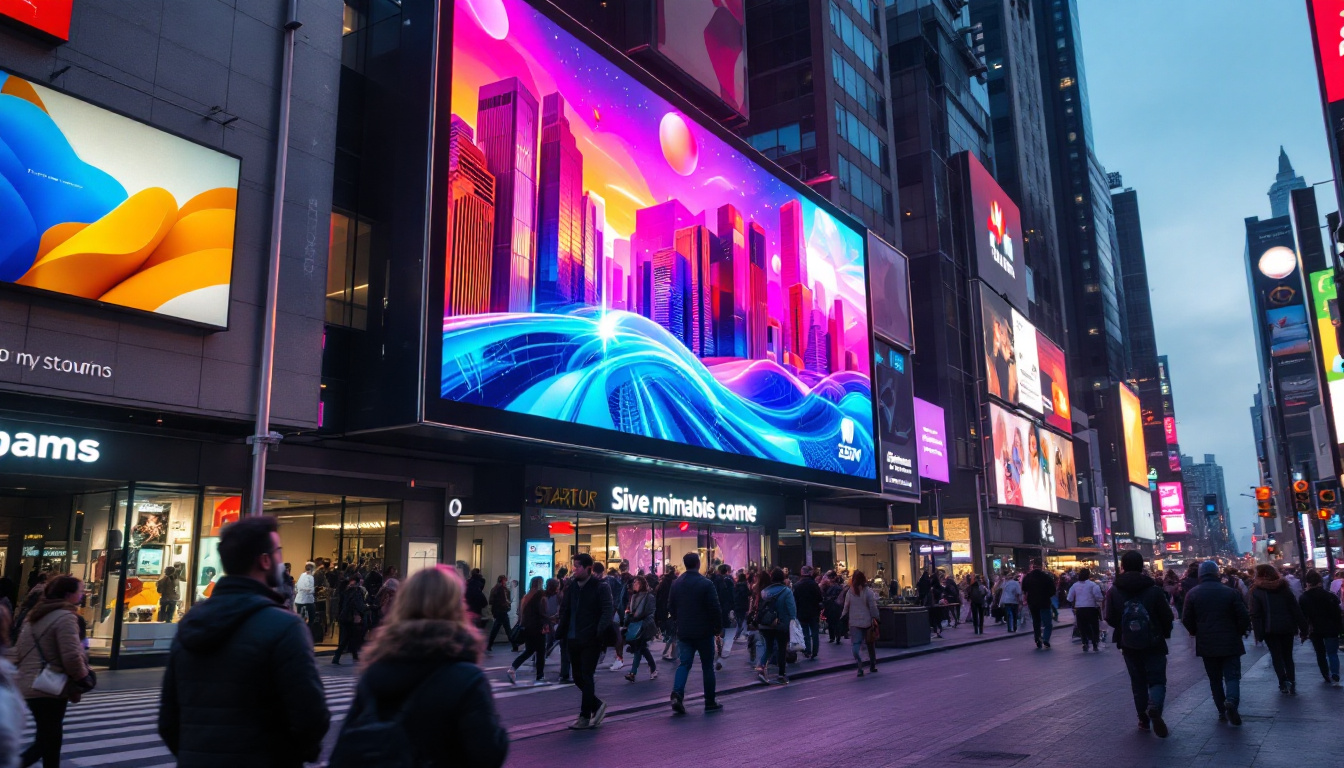In the realm of technology, monitors have evolved significantly, with LED displays becoming a popular choice for both personal and professional use. Among the various sizes available, 32-inch monitors have gained traction due to their balance of screen real estate and overall usability. This article delves into the intricacies of 32-inch LED displays, exploring their features, advantages, and considerations for potential buyers.
Understanding LED Technology
Light Emitting Diode (LED) technology has revolutionized the way displays are manufactured and perceived. Unlike traditional LCDs that rely on fluorescent backlighting, LED displays utilize small diodes that emit light, providing several benefits over their predecessors. This shift not only enhances the visual quality but also aligns with modern demands for energy efficiency and sustainability. As a result, LED technology has found its way into various applications, from televisions and computer monitors to outdoor signage and architectural lighting.
How LED Displays Work
At the core of LED technology lies a simple principle: when an electric current passes through a semiconductor material, it emits light. This process creates vibrant colors and sharp images, making LED displays a preferred choice for many. The two primary types of LED displays are:
- Edge-lit LED: In this configuration, LEDs are placed around the edges of the screen, allowing for a thinner profile. While this design is more energy-efficient, it can sometimes result in less uniform brightness. However, advancements in technology have led to improved diffusion techniques, which help mitigate these issues and enhance the overall viewing experience.
- Full-array LED: This type features a grid of LEDs behind the screen, enabling better control over brightness and contrast. Full-array displays often support local dimming, which enhances the overall viewing experience. By selectively dimming sections of the screen, these displays can achieve deeper blacks and more dynamic range, making them ideal for watching movies or playing video games.
Benefits of LED Technology
LED displays offer several advantages that contribute to their popularity:
- Energy Efficiency: LED monitors consume less power compared to traditional LCDs, making them environmentally friendly and cost-effective in the long run. This efficiency not only reduces electricity bills but also lessens the carbon footprint associated with energy consumption.
- Brightness and Color Accuracy: The ability to produce brighter images with more vibrant colors enhances the overall visual experience, particularly in well-lit environments. This is especially beneficial for professional applications such as graphic design and photography, where color precision is paramount.
- Longevity: LED displays typically have a longer lifespan than their LCD counterparts, reducing the frequency of replacements. This durability makes them a wise investment for both consumers and businesses, as they can withstand extended use without significant degradation in quality.
Moreover, the versatility of LED technology extends beyond just displays. LEDs are increasingly being integrated into smart home systems, allowing for customizable lighting solutions that can be tailored to individual preferences. From mood lighting to automated schedules, the adaptability of LED technology enhances not only visual aesthetics but also convenience in daily life. Additionally, the compact size of LEDs enables innovative designs in various products, paving the way for sleek and modern aesthetics in consumer electronics.
Why Choose a 32-Inch Monitor?
When selecting a monitor, size plays a crucial role in determining usability and comfort. A 32-inch monitor strikes an ideal balance between screen space and desk footprint, making it suitable for various applications.
Optimal Viewing Experience
A 32-inch display provides ample screen real estate for multitasking, gaming, and content creation. The larger screen size allows users to view multiple windows side by side without straining their eyes. This is particularly beneficial for professionals who rely on extensive data analysis or creative work that demands precision. Furthermore, the enhanced resolution options available for 32-inch monitors, such as 4K, offer stunning clarity and detail, making it easier to spot fine details in images and text. This level of detail can be a game-changer for graphic designers and video editors who need to ensure their work is pixel-perfect.
Ideal for Gaming and Entertainment
For gamers, a 32-inch monitor can significantly enhance the gaming experience. The larger screen size immerses players in the action, while high refresh rates and low response times ensure smooth gameplay. Additionally, for movie enthusiasts, a 32-inch display can provide a cinematic experience without requiring a dedicated home theater setup. The expansive screen allows for a more engaging viewing experience, making it easier to appreciate the intricate details of high-definition films. Moreover, many 32-inch monitors come equipped with features like HDR (High Dynamic Range) support, which enhances color accuracy and contrast, further elevating the visual experience whether you’re gaming or watching the latest blockbuster. This combination of size and technology makes 32-inch monitors a versatile choice for both work and play.
Key Features to Consider
When investing in a 32-inch LED monitor, several features should be taken into account to ensure it meets specific needs and preferences.
Resolution
Resolution is a critical factor that affects image clarity. Common resolutions for 32-inch monitors include:
- Full HD (1920 x 1080): This resolution is suitable for general use, offering decent image quality for everyday tasks and entertainment.
- Quad HD (2560 x 1440): Providing sharper images and more screen real estate, Quad HD is ideal for gamers and professionals who require higher detail levels.
- 4K Ultra HD (3840 x 2160): For those seeking the pinnacle of image quality, 4K monitors deliver stunning visuals, making them perfect for graphic design and video editing.
Refresh Rate and Response Time
The refresh rate, measured in hertz (Hz), indicates how many times the screen refreshes per second. A higher refresh rate results in smoother motion, which is particularly important for gaming. Typical refresh rates for monitors include:
- 60Hz: Adequate for general use and casual gaming.
- 120Hz and above: Ideal for competitive gaming, providing a significant advantage in fast-paced scenarios.
Response time, measured in milliseconds (ms), refers to how quickly a pixel can change from one color to another. Lower response times reduce motion blur, enhancing the gaming and viewing experience.
Panel Types
The type of panel used in a monitor can greatly influence its performance and viewing angles. The three most common panel types are:
- In-Plane Switching (IPS): Known for excellent color accuracy and wide viewing angles, IPS panels are ideal for creative professionals and those who value visual fidelity.
- Twisted Nematic (TN): These panels offer faster response times, making them popular among gamers. However, they often sacrifice color accuracy and viewing angles.
- Vertical Alignment (VA): VA panels provide better contrast ratios and deeper blacks, making them suitable for watching movies and gaming in dark environments.
Ergonomics and Design
Beyond technical specifications, the design and ergonomics of a monitor play a crucial role in user comfort and aesthetics.
Adjustability and Stand Design
An ergonomic monitor stand is essential for maintaining a comfortable viewing position. Look for monitors that offer height adjustment, tilt, swivel, and pivot capabilities. This flexibility allows users to customize their setup, reducing strain on the neck and eyes during extended use.
Bezel Size and Aesthetics
The bezel is the frame surrounding the screen, and thinner bezels can provide a more immersive experience. Additionally, a sleek design can enhance the overall aesthetics of a workspace, making it more visually appealing.
Connectivity Options
Modern monitors come equipped with various connectivity options, allowing users to connect multiple devices seamlessly. Understanding these options is crucial for maximizing the monitor’s potential.
Common Ports
Most 32-inch LED monitors feature a range of ports, including:
- HDMI: The most common connection for video and audio, HDMI supports high-definition content and is compatible with most devices.
- DisplayPort: Often preferred for gaming and professional use, DisplayPort can handle higher resolutions and refresh rates.
- USB-C: This versatile port allows for video output, data transfer, and charging, making it a convenient option for modern laptops and devices.
Built-in Features
Some monitors come with built-in features such as USB hubs, speakers, and even webcams. While these can add convenience, it’s essential to evaluate whether they meet specific needs or if external devices would provide better performance.
Price Range and Budget Considerations
When shopping for a 32-inch LED monitor, it’s essential to consider the price range and what features are most important. Monitors can vary significantly in price based on specifications and brand reputation.
Budget-Friendly Options
For those on a budget, several reliable brands offer 32-inch monitors with decent specifications. These monitors typically feature Full HD resolution and basic connectivity options, making them suitable for general use, such as office work and casual gaming.
Premium Models
Higher-end models often boast advanced features, such as 4K resolution, high refresh rates, and superior color accuracy. These monitors are ideal for professionals in graphic design, video editing, and competitive gaming, where performance and visual fidelity are paramount.
Conclusion
In summary, a 32-inch LED monitor can be an excellent addition to any workspace or entertainment setup. With a variety of features, sizes, and price points available, it’s essential to assess individual needs and preferences before making a purchase. Whether for gaming, professional work, or casual use, the right monitor can significantly enhance the overall experience.
As technology continues to advance, the options for 32-inch LED monitors will only expand, offering even more choices for consumers. By understanding the key features and considerations outlined in this article, potential buyers can make informed decisions and find the perfect monitor to suit their needs.
Discover the Future of Visual Experience with LumenMatrix
Ready to elevate your visual experience with the latest in LED display technology? Look no further than LumenMatrix, a pioneer in crafting immersive LED display modules tailored for any setting. Whether you’re in need of an Indoor LED Wall Display for your office, an Outdoor LED Wall Display for impactful advertising, or any of our specialized solutions like Vehicle LED Displays and LED Sports Displays, LumenMatrix has you covered. Embrace the future of visual communication and captivate your audience with unparalleled clarity and engagement. Check out LumenMatrix LED Display Solutions today and transform your space into a dynamic visual masterpiece.



